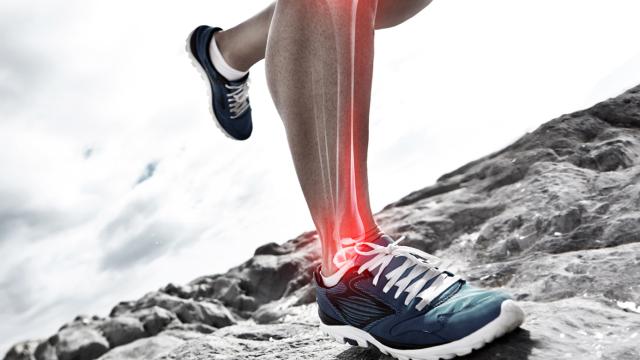Queensland University of Technology research and technology is behind the first ever 3D-printed shin bone implant.
The procedure was performed on a Gold Coast man who lost bone lost through an infection.
QUT’s Distinguished Professor Dietmar W Hutmacher is director of the ARC Industrial Transformation Training Centre in Additive Biomanufacturing that is at the frontier of 3D printing in medicine.
“Additive Biomanufacturing is an emerging sector within Advanced Manufacturing and the technology allows us to 3D print scaffolds, customised to the patient, which are then slowly resorbed by the body and guide the new bone formation,” Professor Hutmacher said.
QUT’s research team, including Dr Marie-Luise Wille, Dr Nathan Castro and PhD student Sebastien Eggert, worked closely with Dr Michael Wagels, the Princess Alexandra plastic surgeon who performed the surgery.
The team firstly developed a computer model, 3D printed a series of physical models of the large bone defect from CT scans of the patient’s tibia bone, and then designed a patient-specific implant – in the form of a highly porous scaffold which will guide the regeneration of the new bone.
The QUT team used a 3D printer from the Queensland-based company 3D Industries to print the models. The final scaffold design was sent to Osteopore International, who have been making biodegradable scaffolds for ten years now.
And this is just the beginning for QUT’s 3D printing endeavors.
Professor Hutmacher and Dr Wagels have started an innovative PhD training program which is partially funded by the PA Research Foundation in which young surgeons are trained and perform cutting-edge research in 3D printing in medicine to meet Australia’s need to build capacity in key areas of economic importance.
“Next to the ambition to deliver outstanding fundamental science and engineering, from a business and human capital perspective, my vision for the ARC ITCC in Additive Biomanufacturing is to deliver an exceptionally talented group of entrepreneurs who will start high-impact companies,” he said.
“They will have their roots in globally competitive fundamental and applied STEM research as well as in manufacturing innovation and new medical devices.”
